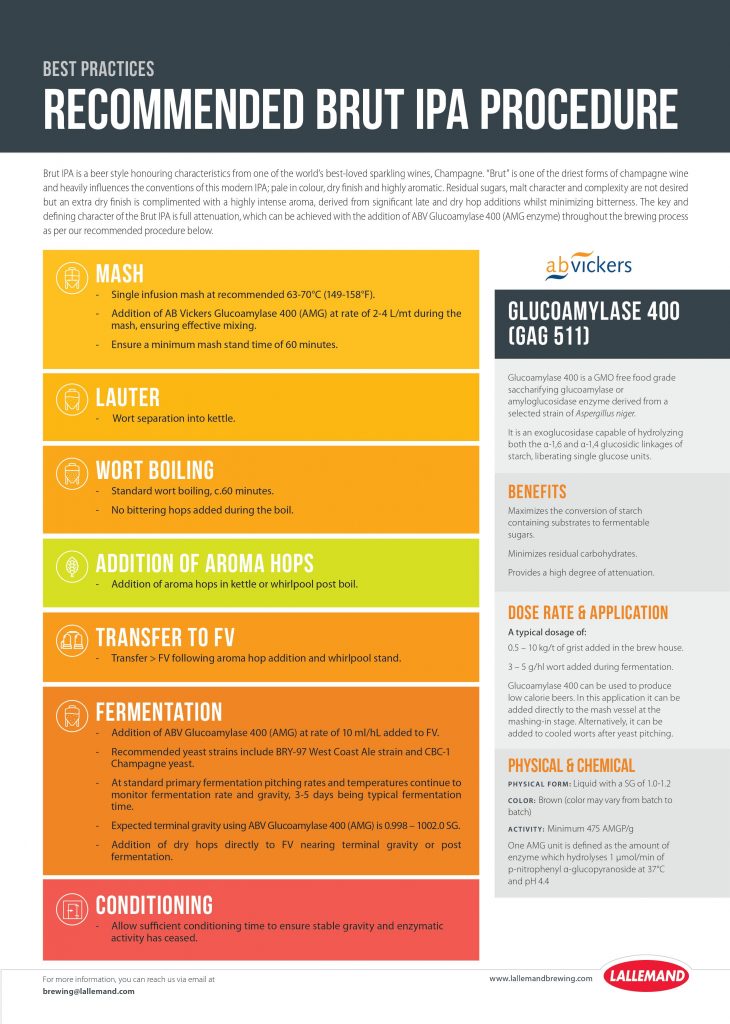Much is written about mill gap, some from highly reliable sources and others, well its the internet !
From a small scale brewing point the most importants factors are minimal flour , maximum whole husk and lots of grits, so it is always a god idea to to have a look at the crack after the few first few hundred grams.
We sell mainly Gladfield New Zealand malts. These grains are very plump and very friable. If you are used to using less friable and slimmer grains you almost certainly have your mill gap too small for the best efficiency with Gladfields.
Here is what Gladfields have to say:
Mill gap. In this blog, I would like to draw your attention to your grain mill.
Your mill is the most important equipment you have in your brewery, without it, you could not start your brewing day.
How many of you spare a thought of your mill dying on you on a brew day? Pretty serious aye! Your mill doesn’t need to be fancy, flash or very powerful. To be honest, the most important thing about your mill is the roller gap size.
If the gap is too wide, you will under crush your malts resulting in poor yield per kilo of malt to litres of beer. If you have it too tight you will have issues with off flavours because you have trashed the husk and the most painful part of having your mill gap too tight is that you will have higher chance to have a stuck mash.
No one wants to spend longer then it is needed to brew a beer, so you all have to agree the mill gap is quite important.
Gladfield Malts are consistent in size. We screen our malts on a 2.5 mm screens which not many maltings around the world do. Most maltings de-culm the malts but not screen it. Hence our malts are free of dust, sticks and small grains.
New Zeland is famous for its plumpness which helps. If you brew with Gladfield Malts you will see consistency in grain size, if you lock your mill to the ultimum gap size you don’t need to alter from brew to brew, your welcome!
I measured our pilot brewery’s 2 roller mill now you have a size to go by.
The measured gap is 1.45 mm. We have set our mill to reflect our malts plumpness and never had any issues with runoffs or stuck mashes.
Below is our blurb about malt crush:
Our malts are both plumper and more friable. If the malt mill roller is too tight, Gladfield’s malt will be more likely to shatter and create too much flour. Consequently, brewers could experience stuck mashes. We recommend checking the malt crush before brewing with our malts for the first time. For the ideal malt crush look for the following:
• Husk – 20%
• Coarse Grits – 35%
• Fine Grits – 35%
• Flour – 10%
The average size of our malt grain is >2.8mm for barley and wheat.
